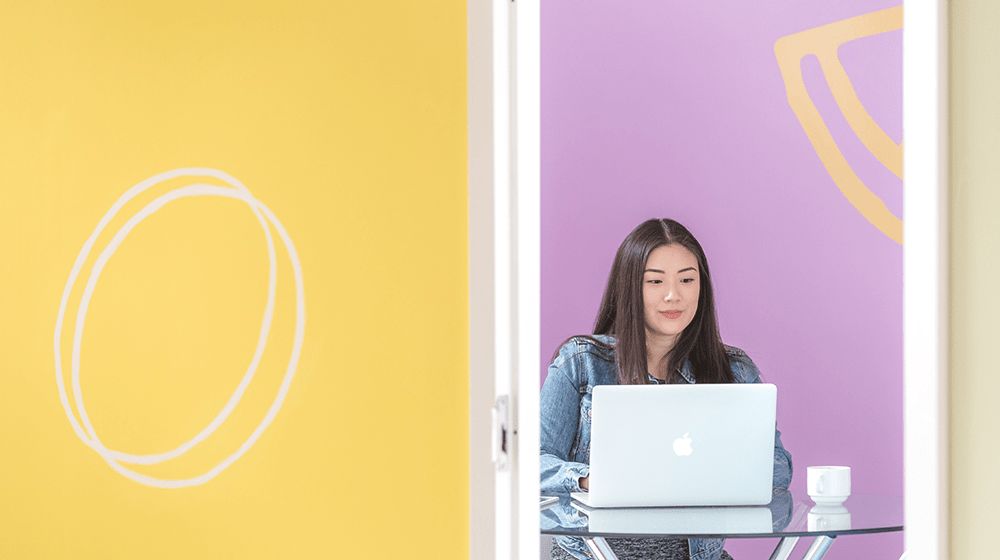Occupancy sensors—driving workplace transformation?
The world of work has changed significantly in the last 18 months. Workplace transformation has happened by accident as much as design. Whether these changes have been driven by a
Read more
Magic Johnson once said: “All students should have the opportunity to receive their high school diplomas and be fully prepared for college or the workplace.”
But what exactly do we mean when we talk about the workplace in 2019 – and what sort of working environment should we REALLY be getting people ready for?
The work environment is not what it was just ten or 15 years ago. In those days, we rocked up to our place of work, sat at our own desk from 9 to 5 (if we were lucky…) then went home and switched off.
We moaned a lot about it, too, as I recall…
Today, we see our workplace all around us – in the office, the coffee shop, the mall, at home. As the Business Dictionary describes it, the 2019 work environment is:
“A location where a task is completed.”
That’s simple and correct.
It sounds like success.
But as a business, how in the world do you hang onto your workforce in the face of all this freedom, control the free-range working environment and make sure your workers fulfill your requirements?
Read more on workplace transformation.
Your organization can’t control the places your employees work outside your office, although you do need to lay down ground rules about what’s safe and acceptable, such as no accessing secure or sensitive information in public spaces.
So in this article, I want to concentrate on the working environment you provide for your staff, the physical place even the most agile of them visit to sit down with colleagues, take part in meetings and collaborate.
The place that’s costing you a fortune ever month.
Money-zine.com defines the working environment as:
“The surrounding conditions in which an employee operates.”
That’s a good definition too. And as the workplace owner or manager controlling those surrounding conditions you can make it go right or wrong for your business and your employees.
Surrounding conditions can mean two different things:
When does it go wrong?

So how do you make it go right?
Easy. A good workspace management system lays all these issues to rest, making your operations more efficient and delivering an effortless desk booking environment where people can just get on with their jobs.
Here’s how it works:
Remote Employees use an app to locate and book the desk or meeting space they need easily, even when organizing a meeting across multiple locations or time zones.
If they need a quiet desk in a cool place, they can specify that.
Up-to-date inventory control means they can identify the equipment they need at each location and book that, too – and they can even add catering in the same transaction.
It’s all dragged and dropped into the familiar Outlook calendar thanks to good integration, and any changes are notified automatically to everyone who is taking part – even the caterers.
Boom – done.
On average, arranging the perfect meeting with meeting room booking software takes less than 30 seconds.
This process cannot take away the stress that’s inherent in doing a tough job well, but it can remove a whole world of pain:
So workers feel a little better about their jobs, which impacts positively on their wellbeing and job satisfaction and makes it more likely you will retain their talent.
Making operations more efficient in this way also means everyone gets more done, which works for the whole organization.
Utilization reports linked with occupancy sensors give you a full view of how your space is being used in real time, which informs good planning decisions that drive efficiency and economy.
This level of insight provides a better picture of what – as Magic Johnson advises – people can be prepared to expect when they come to work.
Our ways of working have changed dramatically, and will continue to change, maybe in ways we haven’t yet imagined. We’ll have to go on re-defining exactly what we mean by the workplace environment, again and again.
But one thing is sure.
Workplace technology will keep on adapting to respond to those changes – and will always provide a valuable resource when it comes to keeping your workforce happy, healthy and productive.